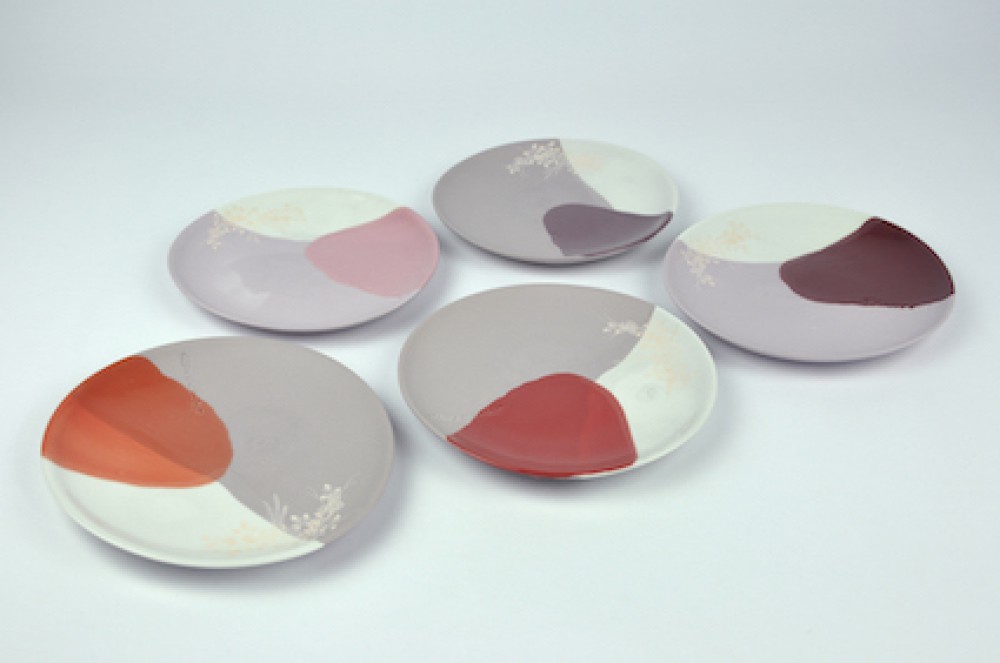hella jongerius
Designer Hella Jongerius (1963) is considered one of the major designers of her generation for the special way in which she fuses industry and craft, high and low tech, tradition and the contemporary.Jongerius studied at the Design Academy Eindhoven in the 1990s, a period in which a (mainly) Dutch phenomenon was born: conceptual design. After her graduation in 1993, she contributed to a few projects for Droog Design. Since 1998 she has worked for various design brands, museums and galleries. Jongerius has won prestigious prizes for her innovative designs. Her industrial products and experimental designs are presented in museums and galleries such as The Museum of Modern Art (MoMA), New York, the Cooper-Hewitt National Design Museum, New York, Villa Noailles, Hyères, Galerie kreo, Paris, Stedelijk Museum ‘s-Hertogenbosch, Museum Boijmans Van Beuningen, Rotterdam, the Design Museum, London, Museum Het Princessehof, Leeuwarden, Cibone, Tokyo and Moss Gallery, New York. Industrial clients include the Swiss furniture manufacturer Vitra, the American textile manufacturer Maharam, the Swedish furniture company IKEA, the Spanish shoe company Camper and the ceramic companies Royal Tichelaar Makkum (Netherlands) and Nymphenburg (Germany).
The designer’s studio, Jongeriuslab, was located in Rotterdam until 2008. Since then she has lived and worked in Berlin.
please click on the images below for more information about prices, sizes and delivery time
